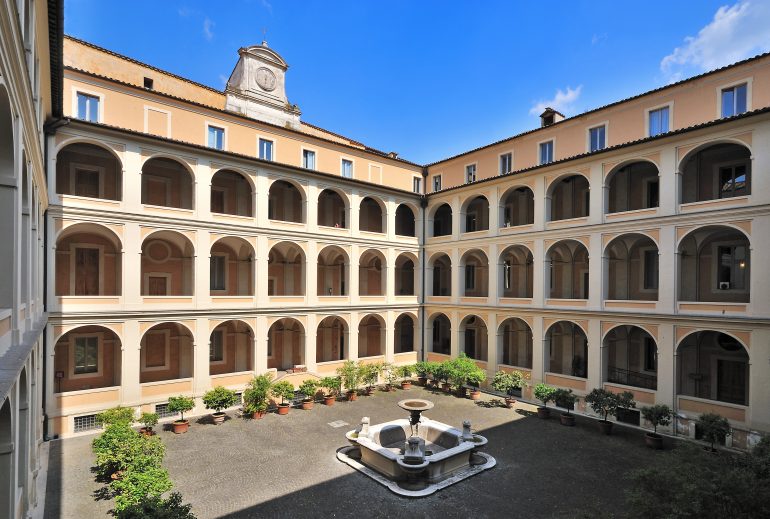by Luca Sorbo
_
A survey of photographic archives in Italy cannot go without a careful analysis of the Central Institute for Catalog and Documentation, now directed by Carlo Birrozzi, both because it is the institution that makes the rules for the cataloging of all cultural heritage and because it inherited the body of images and knowledge of the National Photographic Cabinet which was founded with the precise intent to document the monumental wealth of Italy in photographs.
Stefano Valentini, head of the photographic laboratory and protection coordinator, guides us along this journey. Stefano has been working in this prestigious institution for 38 years and feels the full responsibility of the role he holds: an expert in historical printing techniques and in particular in salted paper, he represents a wealth of knowledge that will hardly be replaceable when he retires in two years time. Institutions operate on bureaucracy and regulations, but it is always the passion of the people that determines the quality of the work.
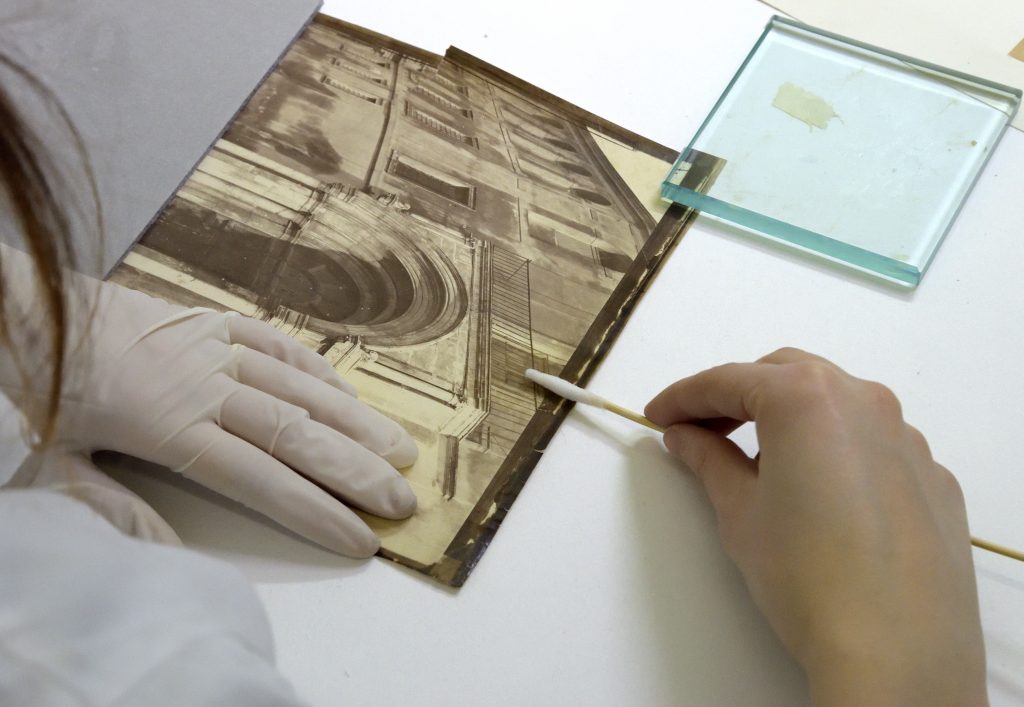
On the rich and efficient website of the ICCD, today located in the monumental complex of San Michele a Ripa Grande, we read that: it is an institute of the Ministry of Culture with scientific and administrative autonomy; it belongs to the Central Institute for the Digitization of Cultural Heritage – Digital Library. The main areas in which it operates are:
- Research, direction, technical-scientific coordination aimed at the documentation and cataloging of cultural heritage.
- The elaboration of cataloging methodologies and coordination of the operational activities carried out by local authorities.
- Management of the general catalog of the national archaeological, architectural, historical, artistic and ethno-anthropological heritage.
- Protection, preservation and enhancement of its photographic archives, plus documentation campaigns for cultural heritage.
- Training, updating, improvement and specialization activities in both cataloging and photography and the organization of guided tours.
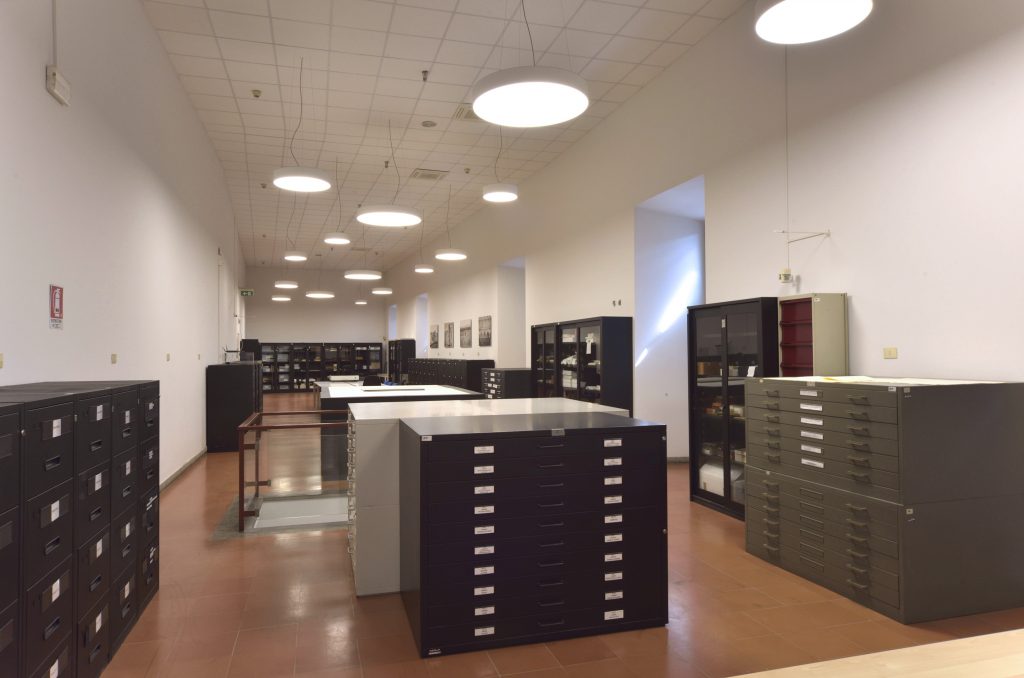
We will focus on its photography activity.
The ICCD was founded in 1975 when all the production of two historical institutes flew into it: the National Photographic Cabinet (GFN), founded in 1895, and the National Aerial Photo Library, founded in 1958. The archive of the National Photographic Cabinet is made up of about 300,000 negatives and is evidence of the intense documentation activity carried out by the Institute. Founded by Giovanni Gargiolli – photographer, engineer and prominent figure of late-nineteenth-century Rome – it had the task of documenting the national artistic heritage not only so it was adequately protected, but also to help strengthen the identity of the country in the aftermath of the Unification.
In 1906 Gargiolli initiated a far-sighted acquisition policy that led to the purchase of highly prestigious funds and collections, such as the Tuminello calotypes (602 phototypes) and the Cugnoni collection (almost 5000 collodion plates), which are still today the most valuable ones. I am pleased to remember that the exhibition that the Institute dedicated to its founder was of great interest with a truly noteworthy setting.
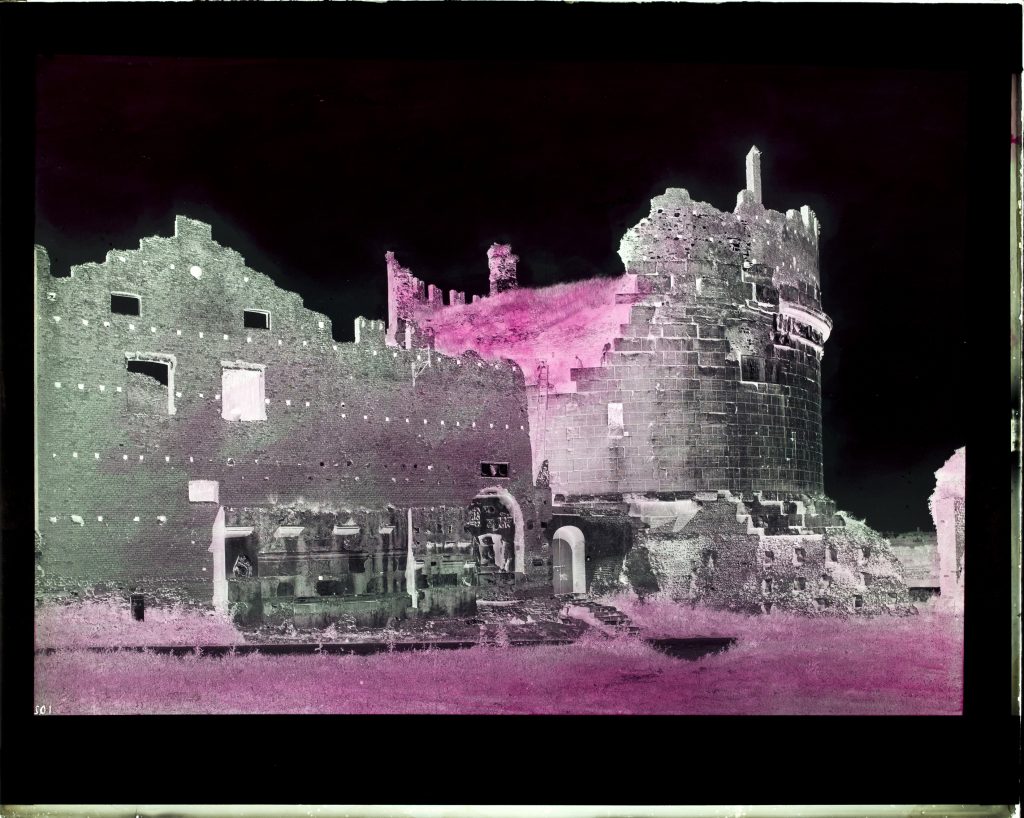
The National Aerial Photographic Archive (AFN) of the ICCD is the largest civil aerial photographic archive in Italy. Founded in 1958 to provide cognitive and technical support to the Superintendencies in their protection activity on the territory, over the years, AFN has collected a series of photographies of great historical importance, the best known of which consists of the photos taken by the Allies in Italy (1943-1945) during World War II. Over time, AFN aerial photos have been intensely consulted and used for a series of historical, topographical, archaeological, geological, urban and landscape projects; since 1985 they have also been used for administrative purposes (authorizations and building amnesties).
Stefano Valentini complains that unfortunately, due to lack of personnel, photographic campaigns are no longer carried out, the last one being that of 2019 for the demolition of the commercial port of Ancona. Now, with specific projects, campaigns are organized using external photographers.
Today the main activity is the digitization and conservation of phototypes acquired over the years, giving priority to the negatives. Among the restorers involved we remember Federica Delia, Petra Wagner and Barbara Costantini. Among the collections, we should mention: The Piero Becchetti fund (about 40,000 photographic objects) who was also one of the first historians of photography in Italy, the Luciano Morpurgo fund (80,000 phototypes), the Mario Nunes Vais fund (20,000 phototypes), the archive of the Ministry of Public Education (160,000 positives) which in recent years has been carefully reorganized in the archives.
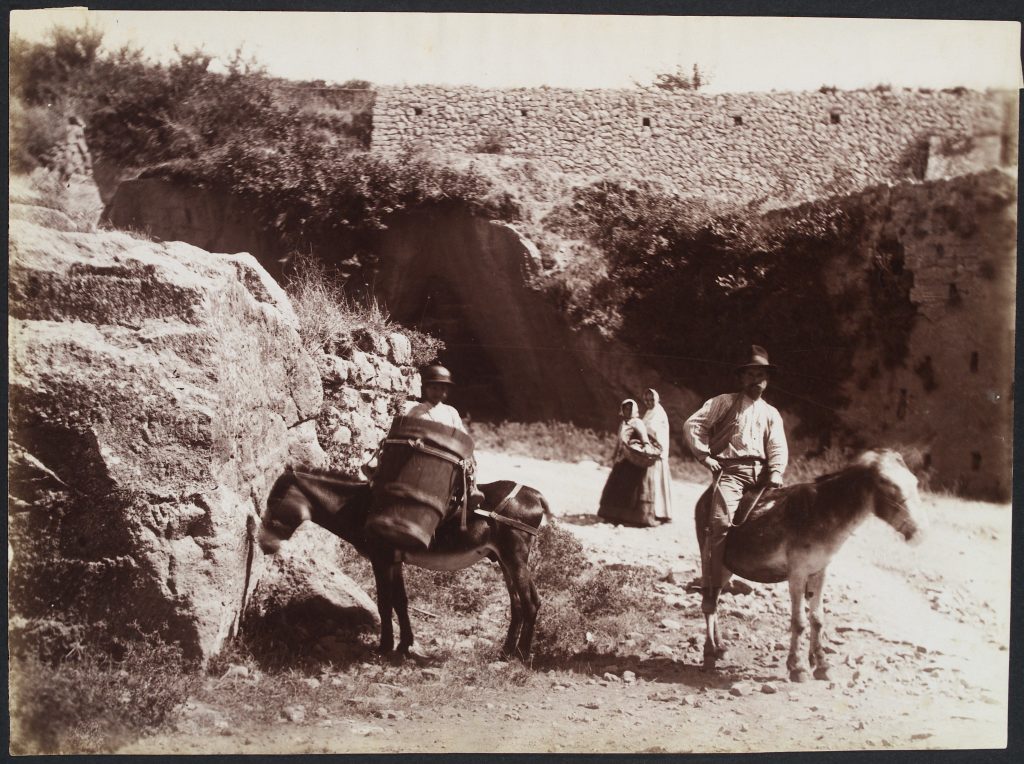
In recent years, the Institute’s interest has also turned to contemporary photography with the acquisition of archival copies of authorial photographic projects; present, among others, Guido Guidi, Tommaso Bonaventura, Alessandro Imbriaco, Antonio Di Cecco. In this context, we find also several artist residences, which see the authors confronting the Institute’s archive. Nicola Nunziata, Mario Cresci and Paolo Ventura were among the participants. Of particular interest was the contribution of Paolo Ventura who created a historical forgery with the collaboration of Stefano Valentini, who printed some salted papers from a digital negative to make the staging credible. From this research came a publication of the publisher Danilo Montanari, The rediscovered leg. The next artist residency will see Joan Fountcuberta as the protagonist and we’re sure it’s going to be memorable.
Another reason to visit the ICCD is undoubtedly the museum of photographic equipment which collects a selection of more than 1400 objects. It is an exhibition of instruments that allows you to retrace the evolution of photographic technique in a fairly complete way, from the bulky wooden machines of the mid-nineteenth century to the small Leica of the 30s of the twentieth century.
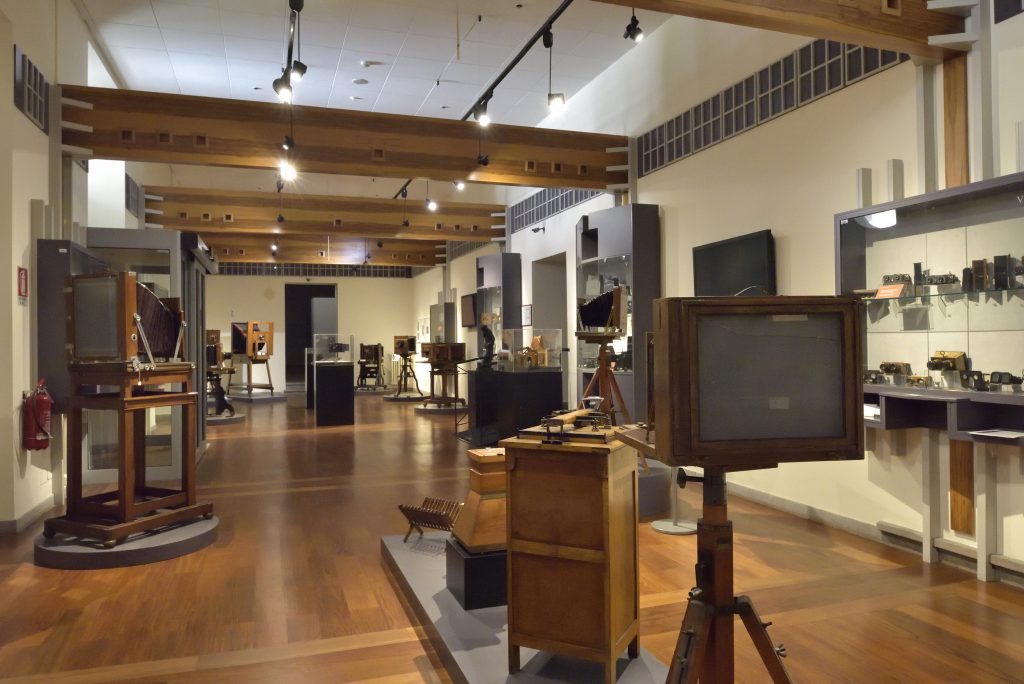
Also noteworthy is the library of volumes, manuals, photography magazines, very useful for historians to learn about the evolution of the photographic language in detail. There is also a well-stocked bookshop where it is possible to buy the publications published by the Institute and those produced with external publishing houses. In the building there is also an efficient space for temporary exhibitions consisting of five rooms, although lately they we try to use outdoor spaces for the exhibitions as they are more easily enjoyable by tourists.
For any visits and for the use and consultation of the material, please refer to the clear indications of the website www.iccdbeniculturali.it
All images: Courtesy Istituto Centrale per il Catalogo e la Documentazione, Rome
October 13, 2020
